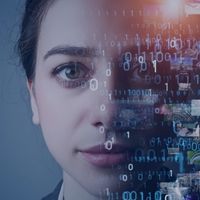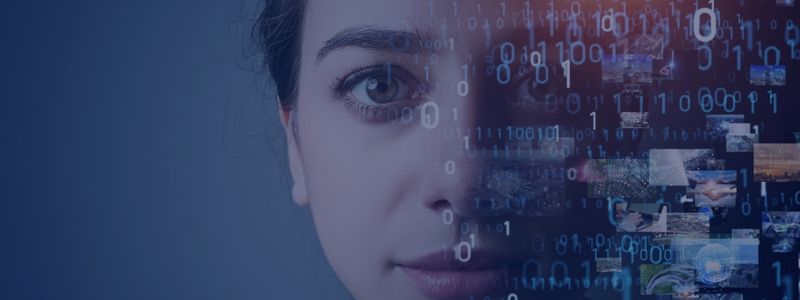The Intersection of AI and Creative Jobs


AI or Artificial Intelligence has been a hot topic for years, always it seems, with a bit of anxiety around its impact on jobs. With the arrival of ChatGPT among others came widespread excitement about the technology that has also once again fired up new fears around the impact that generative AI may have on jobs. Especially in the creative market.
It's important to note at this point that nobody can really say exactly what the extent of the impact would be. There is no doubt that there will be an impact, but none of us can say with certainty what that would look like. One of the biggest ongoing concerns that people have about AI in the creative field is that it could replace human creativity. This is a bit of a myth as AI cannot fully replace human creativity. According to The Harris Poll, "An underreported aspect of generative AI is how much human involvement is needed to make a work that passes in professional settings."
The report continues; "Creativity and critical thinking are recursive processes, meaning that the steps related to creating something are interconnected and don’t have to happen in a set order. Generative AI programs don’t work in this way. They create works by replicating patterns they find in other products, and don’t usually have the capacity to edit or rethink a piece once they consider it done."
What it can do is assist in the creative process. For example, AI can analyze large amounts of data, patterns, and trends and provide insights that can help creative professionals make better decisions.
With this in mind, perhaps we should be thinking of AI as a tool rather than the competition. One that can free us from the mundane and instead automate certain repetitive tasks, allowing creatives more time to focus on complex projects and...
Enhancing Creativity: AI can act as a tool to enhance creativity by offering unique and diverse suggestions for designs, music, art, and more. For instance, generating multiple options for designs or colours, providing creative professionals with more choices and ideas.
Time-Saving: By automating repetitive tasks, AI can allow creative professionals more freedom to focus on the creative aspect of their jobs.
Improved Efficiency: AI can analyze vast amounts of data, providing insights and trends that can help creative professionals make better-informed decisions. This can lead to better efficiency in the creative process, reducing the need for manual effort and error-prone processes.
Enhanced Personalisation of Content: It can be used to create more personalized content for individual users, enhancing the user experience. For instance, analysing a user's preferences and tailor those to a specific design, image, or video of their liking.
Supportive Collaboration: AI can assist in collaborative efforts by providing real-time feedback and suggestions for team members working on a project. This can help creative teams work more efficiently, providing an opportunity for greater innovation and creativity.
New Job Opportunities: For those who are willing to learn news skills there will likely be a host of new job opportunities that come along. For example, AI specialists, data analysts, and AI trainers are some of the job roles that are in demand in the creative industry.
Conclusion
AI can have both positive and negative impacts on creative jobs. While technology like ChatGPT can be incredibly advanced and versatile, it is unlikely to completely replace human creativity. AI language models for example can generate text, but they do not possess the emotional intelligence and empathy that humans have, which are crucial components of creativity.
Additionally, human creativity often involves taking risks and pushing boundaries, which requires a level of boldness and imagination that may not be replicable by machines. In short, while technology can certainly enhance and facilitate human creativity, it is unlikely ever to replace the intricacies and nuances that are uniquely human.